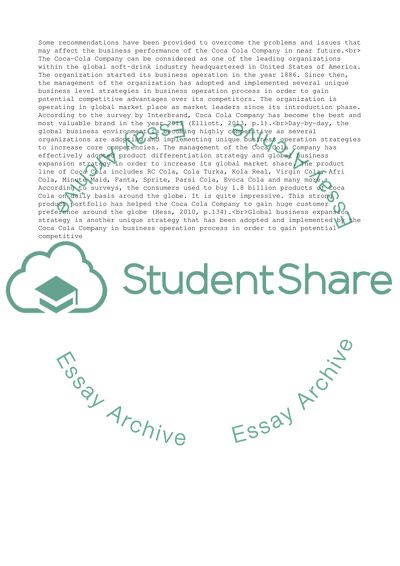Cite this document
(Cola Wars Coursework Example | Topics and Well Written Essays - 3000 words, n.d.)
Cola Wars Coursework Example | Topics and Well Written Essays - 3000 words. https://studentshare.org/business/1851968-cola-wars
Cola Wars Coursework Example | Topics and Well Written Essays - 3000 words. https://studentshare.org/business/1851968-cola-wars
(Cola Wars Coursework Example | Topics and Well Written Essays - 3000 Words)
Cola Wars Coursework Example | Topics and Well Written Essays - 3000 Words. https://studentshare.org/business/1851968-cola-wars.
Cola Wars Coursework Example | Topics and Well Written Essays - 3000 Words. https://studentshare.org/business/1851968-cola-wars.
“Cola Wars Coursework Example | Topics and Well Written Essays - 3000 Words”. https://studentshare.org/business/1851968-cola-wars.


